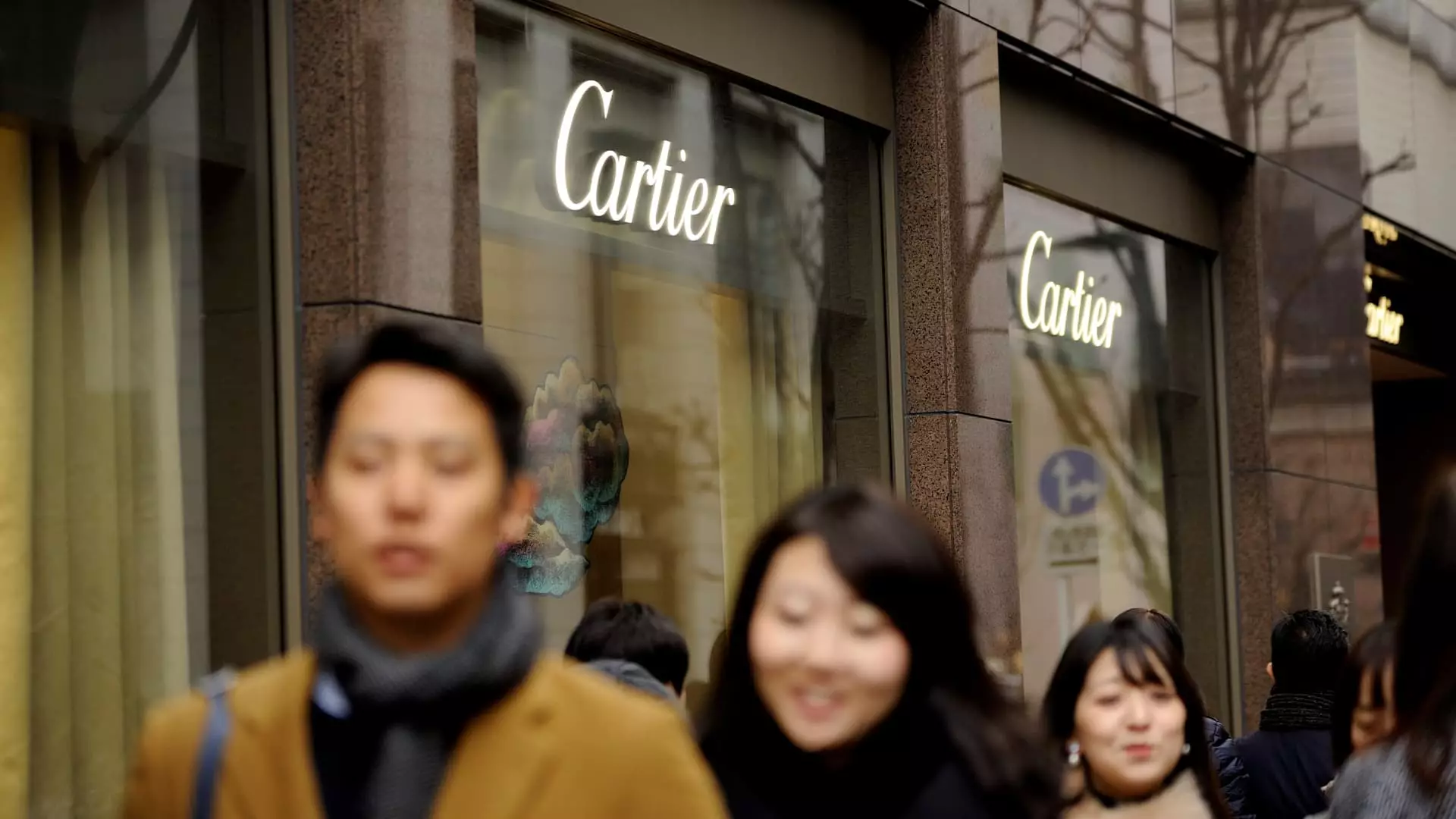The recent decline in Richemont’s sales in Japan exposes the unsustainable optimism that often clouds the luxury industry’s perception of resilience. After a frantic surge fueled by currency depreciation and international tourism, the market’s bright outlook has quickly dimmed. The 15% drop in Japan’s sales—following a staggering 59% jump—serves as a stark reminder that the luxury boom driven by external factors is ultimately ephemeral. Relying heavily on currency weakness and tourist spending is a reckless gamble, one that appears to be unraveling just as swiftly as it was hyped up.
What financial analysts often overlook is how superficial these spikes are. They are highly contingent on geopolitical and economic whims—fluctuations that threaten to undermine long-term growth. Richemont’s experience underscores a fundamental flaw: the illusion that temporary currency depreciation can sustain a thriving luxury market. When the yen regained some strength, those extraordinary gains faded, revealing the fragile underpinnings of previous successes.
This volatile environment should force luxury brands and investors alike to question their over-reliance on external catalysts. Are they truly building resilient businesses, or are they just riding transient waves of currency-induced tourism? The temptation to interpret these rapid shifts as signs of underlying strength is misleading. They often mask deeper vulnerabilities that, when exposed, threaten to destabilize even the most ostensibly robust brands.
The Myth of Enduring Market Strength
Surprisingly, Richemont’s core high-end jewelry segment remains a bright spot amidst the turbulence. Its ability to sustain growth in an industry suffering broader downturns exposes an uncomfortable truth: demand driven by local wealth and intrinsic brand loyalty is far more enduring than short-term currency effects. This highlights a crucial insight—luxury brands rooted in genuine customer relationships and consistent quality are better equipped to weather economic storms than those reliant on external factors like tourist spending.
However, the broader industry narrative often ignores the risks of this reliance. Many luxury conglomerates continue to chase the illusion of unstoppable growth, neglecting the importance of cultivating authentic, locally rooted customer bases. The recent dip in sales in key Asian markets—China, Hong Kong, Macau, and Japan—should serve as a wake-up call. These regions demonstrate that even the most seemingly resilient markets are susceptible to shifting local sentiments, political tensions, and economic uncertainties.
Meanwhile, the luxury sector’s overarching optimism tends to dismiss these warning signals, deepening the illusion of invulnerability. It’s worth questioning whether the relentless focus on short-term gains and market share is blinding industry players from the long-term risks they face. An overreliance on favorable currency conditions and tourism-driven demand could prove disastrous once those external factors turn against them.
Challenging the Narrative of Enduring Wealth
The broader lesson lies in recognizing that true luxury’s strength is rooted in authenticity and adaptability—not fleeting economic trends. Richemont’s ability to post modest growth despite a shrinking market exemplifies that resilience is possible when brands focus on their core affluent clientele rather than dependent on transient external influencers. Yet, this should not lull industry stakeholders into complacency.
The luxury sector can no longer afford to ignore the shifting political and economic realities that threaten to destabilize the illusion of perpetual growth. The industry must prioritize sustainable, diversified strategies—ones that do not hinge on currency swings or tourist patterns. Only by doing so can it hope to build a genuinely resilient foundation capable of weathering the inevitable storms of a volatile global economy.
Ultimately, the recent developments are a stark warning: the luxury market’s recent exuberance may be nothing more than a mirage, reinforced by momentary external factors. If industry leaders cling to these illusions, they risk jeopardizing their long-term viability in favor of fleeting gains. Recognizing the true drivers of consumer loyalty and stability—authenticity, resilience, and adaptability—is the only way forward.

